
hold a scribing session with Temple Israel
religious school students.
A little more than two weeks after lighting the candles for Yom HaShoah on May 1, Temple Israel in Sharon, Massachusetts, will be concluding an incredible Holocaust Memorial Scrolls Trust restoration project that will ensure a valuable piece of Jewish history will be cherished for generations to come.
On May 19, the synagogue will officially bring back to life a more than 200-year-old Torah scroll rescued from the Holocaust to be used in services and for educational purposes. The synagogue turned to Rabbi Kevin Hale, a visiting rabbi who is a trained Torah scribe, to help with the effort by seaming together ripped sections, repairing holes in the parchment and re-creating parts that had been cut out completely. But he didn’t do it alone: The project ultimately brought together a large portion of the community to honor those who previously prayed, celebrated and studied from the scroll two centuries ago.
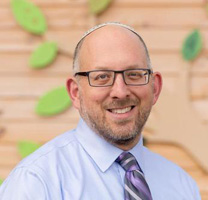
“This Torah is a bridge back to the world of pre-Holocaust Europe and at one time played a central role in the life of a thriving Jewish community,” Temple Israel’s Rabbi Ron Fish says. “It was up to us to do more than memorialize and remember; this Torah is a bridge that connects our living community with those that came before us. Undoubtedly, the legacy of this project impacted this year’s Yom HaShoah observance and will for years to come.”
The scroll’s original home was in Přeštice, Czechoslovakia (now the Czech Republic), which at one time had a prospering Jewish community in the early 1900s before being completely erased in the Holocaust. It was entrusted to Temple Israel in 1980 after two members of the synagogue, Sam and Sidi z”l Natansohn—both of whom were Holocaust survivors—reached out to the Memorial Scrolls Trust in London, England, about bringing a rescued scroll into the community. In the 1960s, the Memorial Scrolls Trust purchased, documented and repaired scrolls that were rescued from the Holocaust and stored at the Jewish Museum in Prague before placing them with congregations around the world, creating an inseparable link between the past and the present.
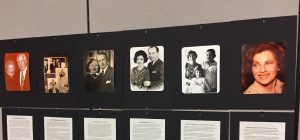
and their families were documented by
volunteer journalists and spread out through
the synagogue’s Holocaust exhibit.
For nearly 40 years, Temple Israel displayed the Torah behind glass in the synagogue’s lobby before community members decided it was time to breathe life back into it so the sacred scroll could be treasured in a new, more personal way. Talk about restoring the Torah began nearly four years ago, and the project formally kicked off this past High Holiday season.
Critical throughout the process was project co-chair Art Newman, who couldn’t help but regularly visualize those who once embraced the Torah before having it stripped away during the Holocaust. “If you just picture the people who had their baby naming, B’nai Mitzvah and marriage by this Torah, it was hard not to be a part of this project,” he says. “It was very important to uphold their memory and to elevate our community by restoring it and learning from it.”
Given the unique circumstances of the project, Temple Israel made it a point to involve as many community members as possible. The synagogue offered private hands-on scribing lessons where members could place their hand on Rabbi Hale’s shoulder as he worked to make the scroll usable again and provided free Torah writing sessions for the synagogue’s religious school students.
But Temple Israel’s efforts to bring the community together didn’t stop there. Before the restoration of the Torah took place, the synagogue created its own exhibit that not only paid tribute to the Přeštice Jewish community, but also brought to light several inspiring stories that many congregants and their families had around the Holocaust.

of the synagogue gather around
the Torah scroll.
“As a way to engage our community and to create an overall understanding of the beautiful opportunity that was ahead of us, we created an exhibit with pictures and stories about the Jewish community in Přeštice, information about where the scroll originated and how it came to Temple Israel,” Art says. “But the part that really spoke to me were the 26 stories we gathered from synagogue members and their descendants about their experiences in the Holocaust, which we displayed all around the exhibit. Eventually, stories will no longer be stories if they stop being passed down and documented, so we felt it was very important. My hope is that when people come to the synagogue for a meeting or to pick up their child, instead of going on their phone, they spend a few minutes looking at the photos and reading through some of these amazing accounts.”
From start to finish, Temple Israel received tremendous support and help from nearby synagogue Temple Sinai, which recently restored a scroll of its own from the Czech Republic, the Jewish Museum of Portland Maine and project co-chair Carol Wolk Rose. The synagogue also estimates that at least 25 percent of the congregation was involved in some capacity throughout the project. “We had too many volunteer hours to count, with people collecting, editing and presenting the stories we documented in the exhibit, organizing the scribal sessions, managing relationships with the scribe and presenting the project to our nursery and religious schools,” Rabbi Fish says. “All of this required endless commitment and for that, I am so thankful.”
When the final letter is transcribed on the Torah and the celebrations commence on May 19, the depth of what was achieved will certainly be felt by the entire community and beyond. “This process has been deeply inspirational,” says Rabbi Fish. “From the perspective of many families in the community, whether they have a direct or non-direct connection to the Holocaust, and to the children who saw the Torah in its brokenness and now to see it fully healed, all of us are deeply moved and feel so privileged to have been a part of it.”
To read more about Temple Israel’s Torah restoration project, click here.
Watch as Rabbi Kevin Hale, the sofer restoring this sacred scroll, discusses tools used in the process. Rabbi Hale is the subject of an upcoming documentary film, “Write For Yourselves This Song: Commandment 613.”




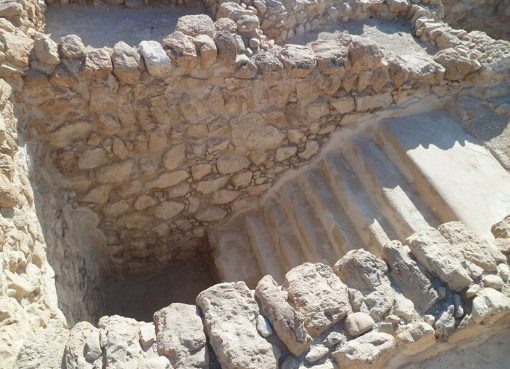
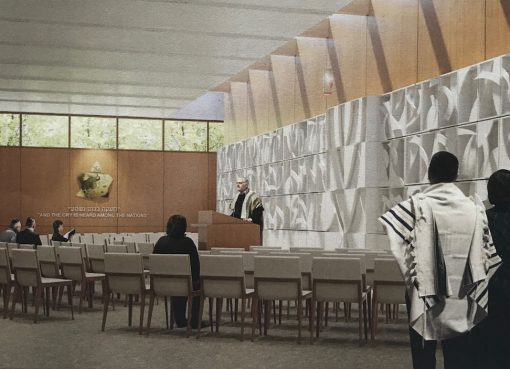
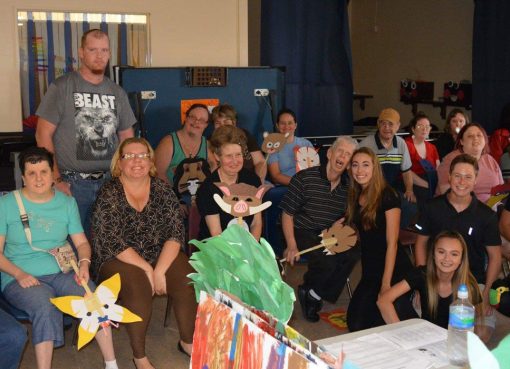

Comment here